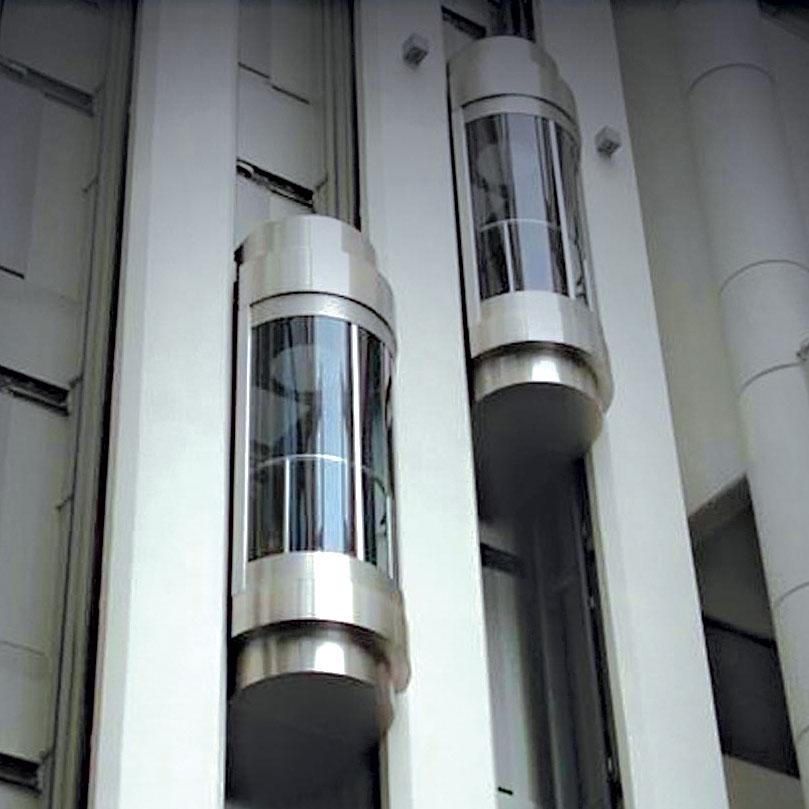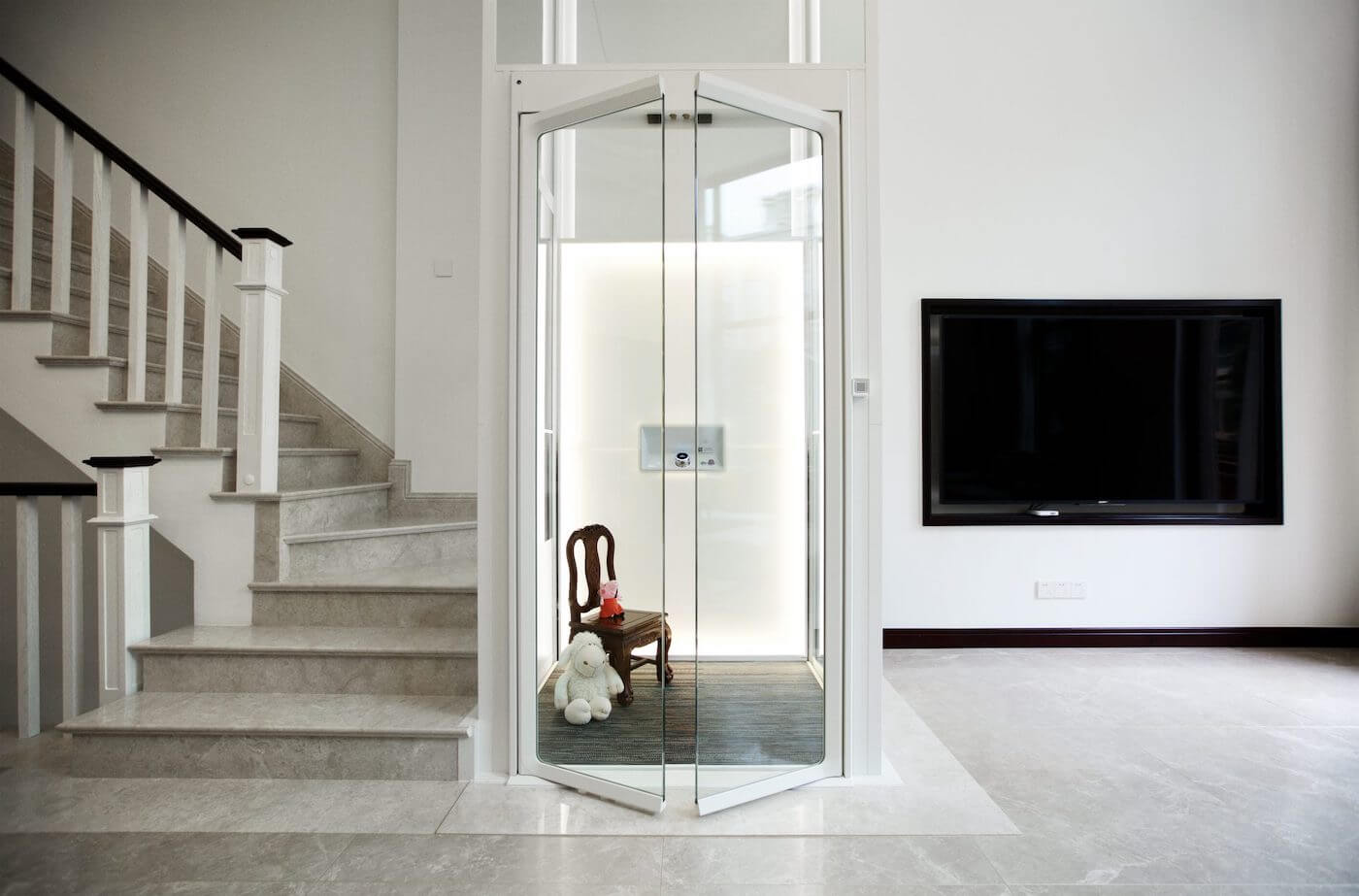Discover the Best Disabled Platform Lifts Prices UK for Residential and Commercial Usage
Discover the Best Disabled Platform Lifts Prices UK for Residential and Commercial Usage
Blog Article
Untangling the Intricacies of Lift Modern Technology: Troubleshooting Common Issues Across Lift Models
In the realm of lift technology, a myriad of details usually exist below the surface of what shows up to be an uncomplicated device. From slow-moving operation concerns to strange noises rising from the equipment, repairing usual issues throughout numerous lift models requires an eager eye for information and an organized strategy - repair and maintenance services. As we start this trip to untangle the intricacies that can torment these vital gadgets, a much deeper understanding of the inner workings and potential challenges of lift technology is important. Remain tuned as we browse through the labyrinth of lift breakdowns, looking for options to the enigmatic troubles that can interrupt the smooth functioning of these vital apparatuses.
Identifying Slow Procedure Issues

Next, examine the electrical links to make certain that all elements are appropriately attached and operating. Malfunctioning wiring or loosened links can cause reduce operation or total malfunction of the lift system. In addition, it is necessary to check the control system to establish if the issue exists in the programming or sensing units.
If the visual assessment and electrical checks do not disclose the origin of the sluggish operation, further diagnostic examinations may be needed. These might include stress tests for hydraulic systems, voltage examinations for electric components, or running diagnostic software for the control system. repair and maintenance services. By adhering to an organized strategy to troubleshooting slow operation problems, you can efficiently deal with the issue and identify, ensuring the lift runs securely and successfully
Attending To Strange Noises
To properly troubleshoot lift innovation for odd sounds, an extensive examination of the lift parts complying with the identification of sluggish procedure problems is imperative. Strange noises in lifts can be indicative of underlying issues that call for timely interest to make certain the security and reliability of the system. Usual sources of weird sounds in lifts consist of worn-out or misaligned wheels, damaged electric motor bearings, loose or damaged suspension ropes, and malfunctioning control systems. When resolving strange noises, it is important to conduct a systematic evaluation of these elements to determine the specific reason for the noise properly. This may involve looking for any type of visible indicators of wear and tear, checking the functionality of motor bearings, tightening up loosened links, and oiling moving parts as needed.
Moreover, it is important to describe the lift manufacturer's maintenance guidelines and seek aid from certified technicians when handling complex lift parts or unfamiliar troubleshooting procedures. By promptly resolving strange noises and resolving underlying concerns, lift drivers can ensure the ideal performance and security of the lift system for guests and drivers.
Solving Faulty Control Troubles
An effective technique for attending to malfunctioning control troubles in lift technology involves conducting anonymous a thorough assessment of the control system's parts and functionality. When experiencing issues with lift controls, it is critical to initial check for any kind of loose connections, harmed circuitry, or malfunctioning sensing units. Confirming that all control display screens, switches, and keypads are functioning correctly is also vital in identifying the problem accurately.
If no visible problems appear, technicians ought to continue to check the control panel for any indications of water overheating, damages, or rust, as these can often bring about control malfunctions. Furthermore, resetting the control system or updating the software might help fix specific problems or pests causing the issue.

Taking On Hydraulic System Malfunctions
The efficiency of hydraulic systems in lifts counts heavily on the correct functioning of different components within the system. When hydraulic systems breakdown in lifts, it can lead to functional interruptions and safety issues.
Furthermore, irregularities in hydraulic fluid levels or unusual sounds throughout lift procedure might indicate underlying system breakdowns go now that call for prompt focus to prevent additional damages. Normal maintenance and timely troubleshooting of hydraulic system concerns are crucial to making certain the risk-free and effective procedure of lift technology.
Managing Electrical Element Failures
Addressing electric component failures in lift innovation demands a methodical method to diagnosing and fixing concerns to maintain operational performance and security requirements. When running into electrical troubles in lift systems, it is important to initial conduct a comprehensive assessment of the electrical elements, including control panels, electrical wiring, sensing units, and circuit boards. Any type of indications of damage, corrosion, loose links, or scorched components ought to be carefully kept in mind and dealt with immediately to avoid additional complications.
In the instance of electrical component failures, it is necessary to comply with maker standards for repairing and repair procedures. This may include testing the components using multimeters, oscilloscopes, or other analysis tools to determine the specific resource of the malfunction. Furthermore, having a thorough understanding of the lift's electric schematics and electrical wiring diagrams can help in determining and rectifying issues effectively.
Routine maintenance and inspection routines can help avoid electric failures by detecting possible problems early. Correct training for lift technicians on electrical systems and elements is likewise important to guarantee accurate diagnosis and reliable resolution of electric troubles, inevitably adding to the overall security and reliability of lift operations.
Verdict
Finally, troubleshooting lift innovation needs an organized method to determine and resolve common problems such as slow procedure, odd sounds, damaged controls, hydraulic system malfunctions, and electrical element failures. By understanding the complexities of lift modern technology and following correct troubleshooting steps, service technicians can successfully settle concerns and make sure the effective and secure operation of lifts across various designs.
To properly repair lift modern technology for unusual noises, a complete assessment of the lift elements complying with the identification of slow-moving procedure problems is crucial. Odd noises in lifts can be a sign of underlying problems that call for timely interest to make certain the safety and reliability of the system.An effective method for attending go to this website to faulty control troubles in lift modern technology involves carrying out an extensive evaluation of the control system's components and performance.The efficiency of hydraulic systems in lifts relies greatly on the proper performance of different parts within the system. repair and maintenance services. When encountering electrical problems in lift systems, it is important to initial perform a comprehensive assessment of the electrical elements, including control panels, circuitry, sensing units, and circuit boards
Report this page